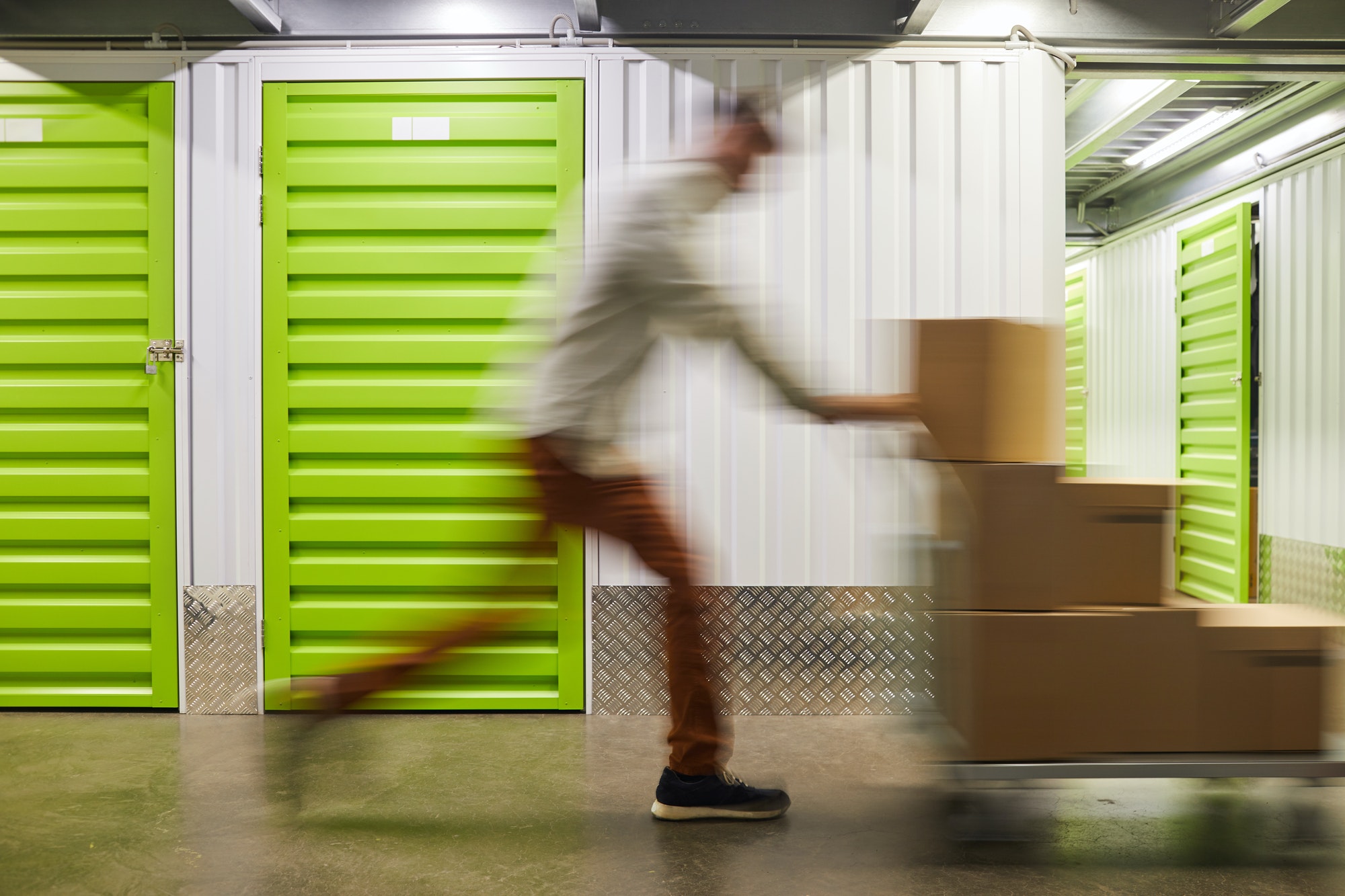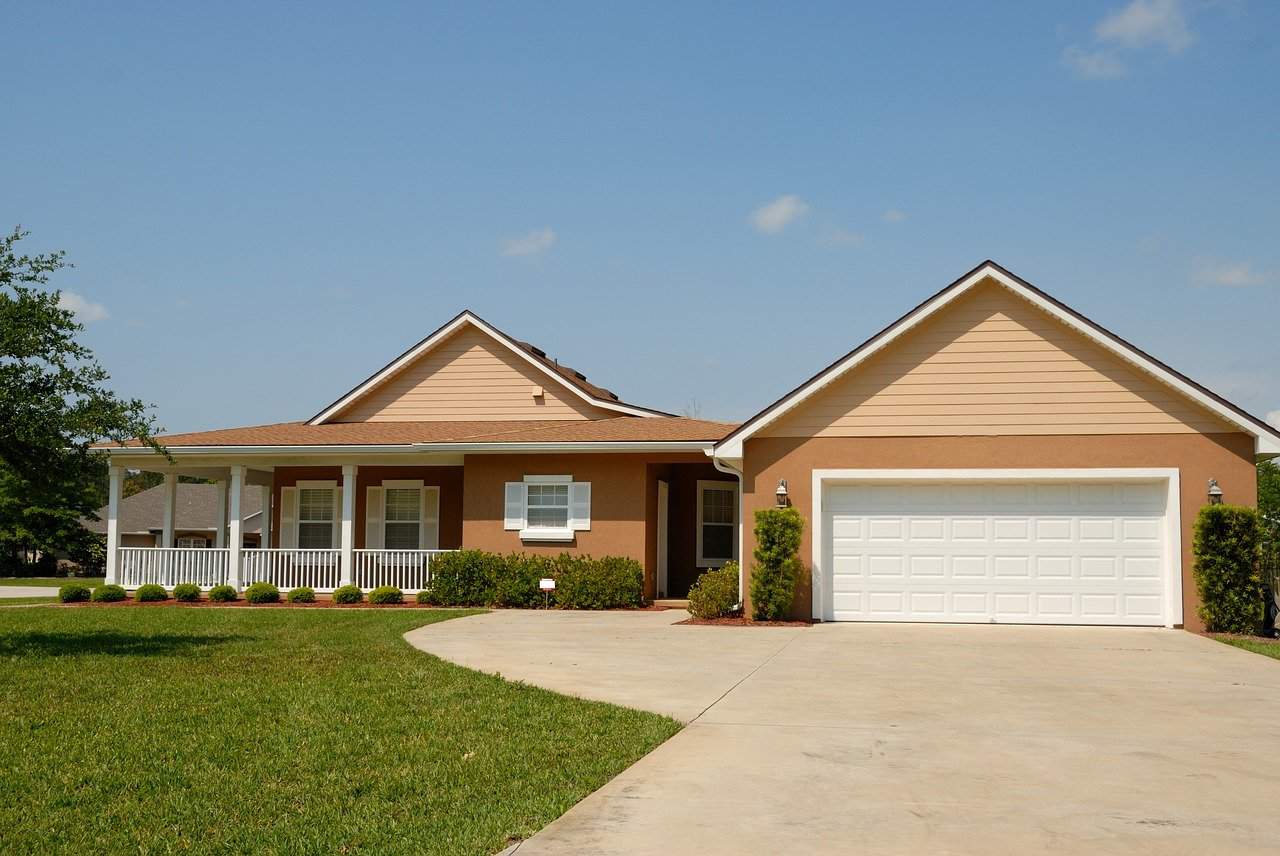Water damage—those two words that can turn even the most serene home into a frantic, sponge-wielding nightmare. Let’s face it, water damage prevention isn’t the sexiest topic, but trust me, it’s the unsung hero of home maintenance. Whether you’re aSerial DIY enthusiast or a decorators extraordinaire, one thing’s for sure: water damage can ruin your perfectly curated aesthetic faster than you can say, “Where’s that leak coming from?” So, let’s get ahead of the game and talk about the 10 must-know secrets to prevent water damage before it turns your design haven into a aquatic disaster zone.
Here’s the deal: water damage is the second most common cause of home insurance claims in the U.S., and it’s no joke. From busted pipes to overflowing bathtubs, the sneaky presence of water can seep into your walls, floors, and bank account if you’re not careful. But fret not! With my decade of interior design experience and a healthy dose of humor, I’m here to spill the beans (or should I say, stop the leaks?) on how to keep your space dry, stylish, and most importantly, water-damage-free.
The Hard Truth About Water Damage
Before we dive into the secrets, let’s take a moment to understand why water damage is such a big deal. According to a recent study by the Insurance Information Institute (III), water damage claims account for nearly 45% of all homeowners’ insurance claims. Moreover, the average cost of a water damage claim is a whopping $11,098 (and that doesn’t even include the emotional cost of ruining your carefully curated interior design).
Source: Insurance Information Institute (III), 2023.
The 10 Must-Know Secrets to Prevent Water Damage
Alright, enough with the doom and gloom. Let’s get proactive! Here’s your exclusive guide to keeping water in its place—where it belongs.
1. Inspect Your Appliances Regularly
Your dishwasher, washing machine, and water heater are all ticking time bombs if you don’t keep an eye on them. Check their hoses and connections for cracks or wear. A $50 replacement hose today can save you thousands in damage mañana.
2. Know Where Your Shut-Off Valve Is
You’ve got approximately 30 seconds to shut off the water supply when disaster strikes. Make sure everyone in the household knows where the main shut-off valve is located. No, it’s not that thingamajig in your garage—it’s probably near the water meter or where the water line enters your home.
3. Upgrade to Smart Water Sensors
Smartphones, smart homes, smart water sensors—welcome to the future! Install moisture-detecting devices in high-risk areas like basements, laundry rooms, and under sinks. If it detects even a drop, you’ll get an alert before things turn into a swamp.
4. Fix Leaks ASAP
That tiny drip under the sink? It’s like the canary in the coal mine, warning you of bigger problems to come. Fix leaks the minute you spot them, or risk facing warped floors, mold growth, and the wrath of your insurance company.
5. Grading 101: Your Yard Shouldn’t Be a Swimming Pool
Your yard’s slope matters, folks! If it’s graded towards your home instead of away, you’re essentially funneling water right into your foundation. Get that checked—and yes, a professional is worth the investment.
6. Gutters Are Your Best Friend
Clogged gutters are basically an open invitation for water to seep into your walls and roof. Clean them out at least twice a year (bonus points if you add those fancy gutter guards).
7. Look for Signs of Water Damage
Water spots on the ceiling? Warped floors? Musty smells? These aren’t subtle hints—they’re neon signs screaming, “Fix me now!” Address them immediately.
8. Install a Sump Pump (and Backup)
If you’re in a flood-prone area, a sump pump is your BFF. But let’s get real—power outages happen. Invest in a battery-powered backup to keep your basement dry during those rainy-day crises.
9. Don’t Skimp on Insurance
Let’s talk turkey. Standard homeowners’ insurance covers most water damage, but if you have a history of claims (or if you’re in a flood zone), you might need extra coverage. On the flip side, some insurers offer discounts for water-damage prevention systems—hello, win-win!
10. Water-Proof
Basements and bathrooms are the usual suspects, but don’t forget about your second-story laundry room or that pesky ice maker. Waterproofing coatings and sealants can work wonders.
Closing Time: Let’s Keep It Dry Out There!
Listen, water damage isn’t rocket science—it’s just water being its sneaky, opportunistic self. By being vigilant, proactive, and maybe even a little paranoid, you can keep your home dry, your insurance agent happy, and your design dreams intact.
So, go forth, my friends, and spread the gospel of water damage prevention! And remember, the next time you hear that ominous drip, don’t panic—just channel your inner Bob the Builder and fix it before it fixes you.
FAQs: Because You’ve Got Questions and I’ve Got Answers
| Q | A |
|---|---|
| Where is water damage most likely to occur? | Basements, bathrooms, kitchens, and laundry rooms—anywhere water is regularly in use. |
| How often should I inspect my home for signs of water damage? | At least every 3-6 months. Keep an eye out for water spots, warping, or musty smells. |
| What should I do if I find water damage? | Shut off the water supply, call a professional, and document everything for insurance. |
Discover more from Futurist Architecture
Subscribe to get the latest posts sent to your email.



